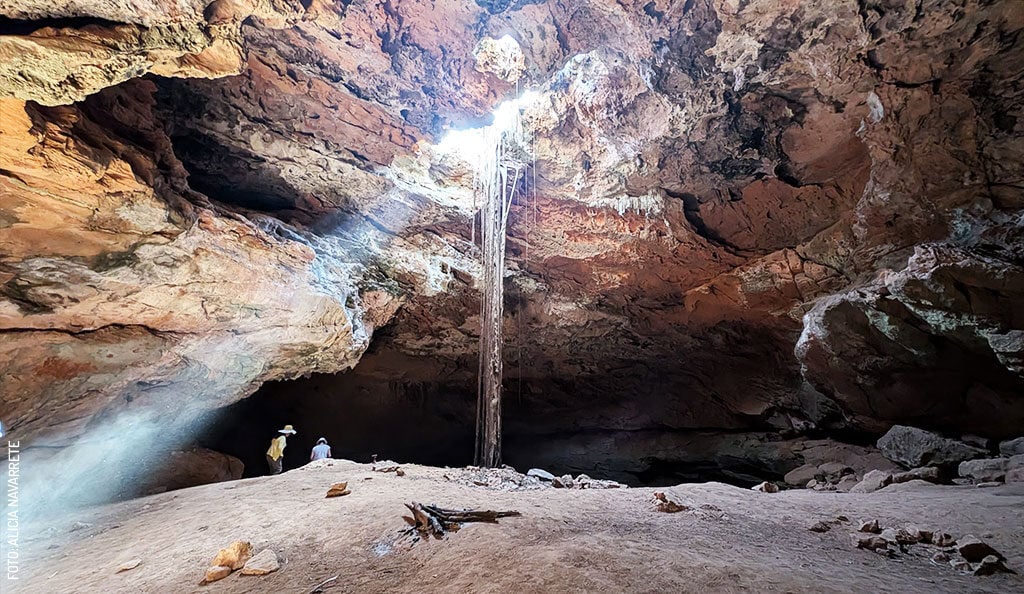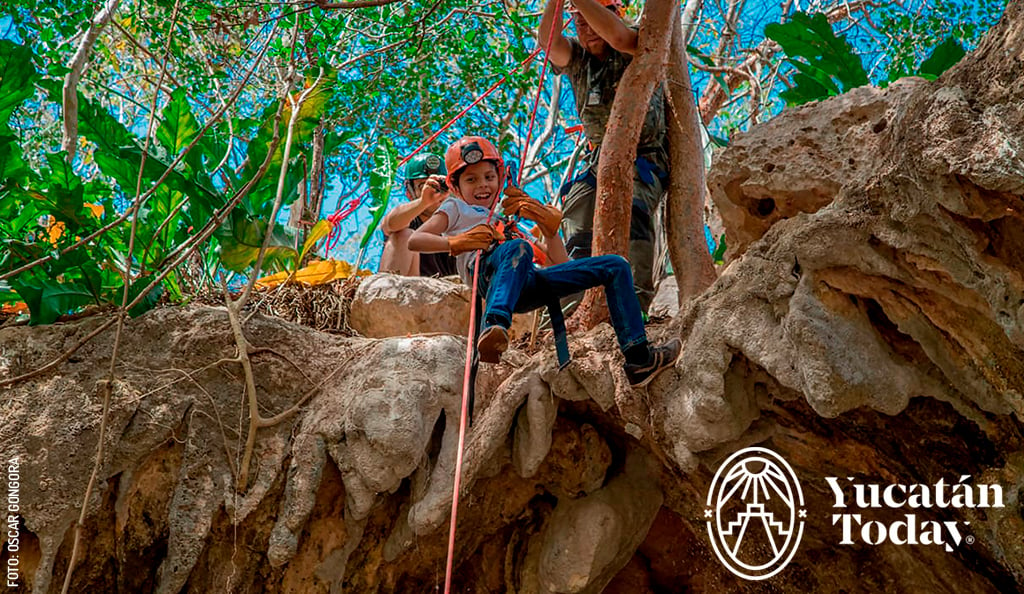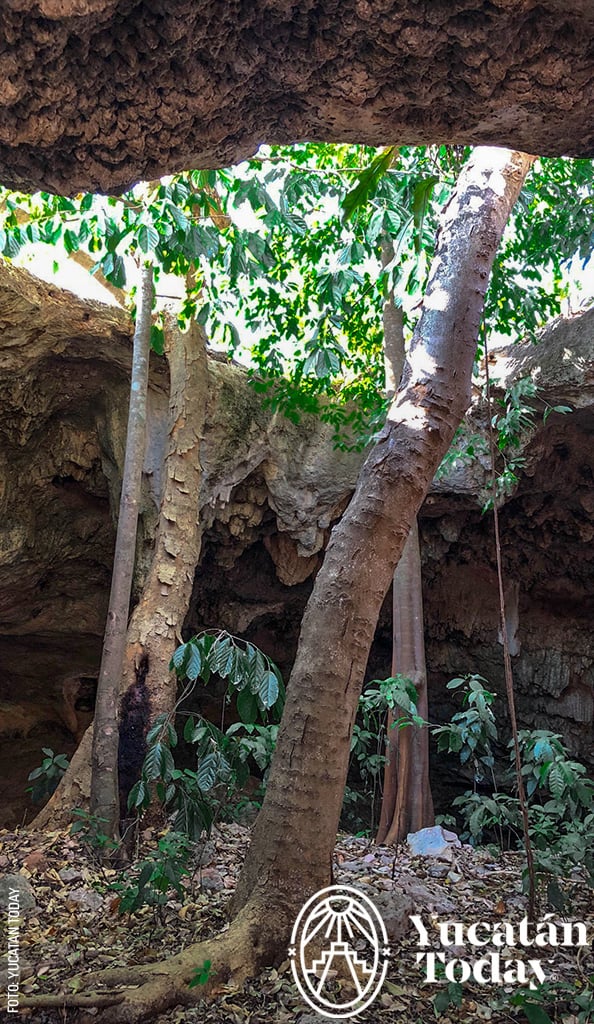Without a doubt, cenotes are one of the most magnificent attractions in Yucatán, but the truth is that not all underground spaces in Yucatán are filled with water. The water in cenotes depends on factors such as the amount of rainfall that replenishes them, the porosity of the soil (both above and below them), and, above all, the depth of the groundwater table, which exists all over the world.
In Yucatán, the groundwater table is shallow; its maximum depth is 15 meters (49 ft) at the foot of Sierrita de Ticul (Ticul hills), and it reaches only a few meters along the coastline. This is why caves are more commonly found in the southern part of the state rather than cenotes.
There are multiple ways to explore the caves of Yucatán. If you enjoy hiking and nature, think of them as underground trails and a unique opportunity to admire geological formations, and in some cases, even animals and/or fossils. If you're an adventure enthusiast, slipping through the rocks with the help of a helmet and flashlight will provide a memorable experience. If you’re more interested in history, several caves contain archaeological remains, carvings, and cave paintings that will remind you of the close relationship the Maya had with the nature surrounding them. In short, Yucatán's caves have something for everyone.
How to visit Yucatán’s caves
- The main safety measure for entering a Yucatán cave is this: never venture into a cave without a guide. We’re not exaggerating when we say that there are miles and miles of caves—don’t risk getting lost in the Maya underworld.
- Make sure your guide is certified and can provide you with the knowledge and equipment you need for a safe experience.
- Inform a friend, family member, or companion that you’ll be exploring a cave, giving them the name and location of the cave and the time you expect to be back.
- For safety, always wear appropriate clothing and footwear: breathable clothing (since the humidity will make you sweat) that you can dispose of if it gets irreparably dirty or torn, and non-slip shoes to help avoid slipping.
- It’s always advisable to wear a helmet with a flashlight; this will allow you to keep your hands free and protect your head from “surprise” stalactites in tight spaces.
- Bring plenty of water with you, and if you wish, some sugary or protein-rich snacks; you won’t be in the sun, but the humidity will make you feel thirsty very quickly.
Here are some of the most popular caves visited by tourists in Yucatán:
Caves near Tekax
Parque Gruta Chocantes
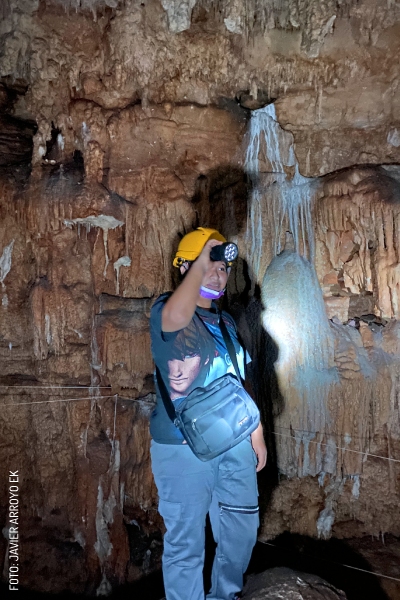 These stunning caves are filled with crystal formations: beautiful walls of minerals that look like frozen waterfalls. You will also have the opportunity to see how brightly they shine when the light hits them. Exploring the caves requires you to do a fair amount of climbing, crawling, and walking for about 8 km through some spots that can get particularly tight.
These stunning caves are filled with crystal formations: beautiful walls of minerals that look like frozen waterfalls. You will also have the opportunity to see how brightly they shine when the light hits them. Exploring the caves requires you to do a fair amount of climbing, crawling, and walking for about 8 km through some spots that can get particularly tight.
Parque Gruta Chocantes also offers a slew of extreme activities, such as Yucatán's tallest zip line (which you can do lying in a hammock), a lookout point, and hiking trails.
FB: Gruta chocantes
Location: https://maps.app.goo.gl
Parque Kaalmankal
Parque Kaalmankal offers an exciting (but not too extreme) experience for all ages. In addition to their caves, there is a beginners’ rappel descent, a pendulum, and an infinite swing (great for breathtaking pictures). Camping is also available.
FB: Parque Ecoturístico Kaalmankal Tekax
Location: https://maps.app.goo.gl
Gruta Las Sartenejas II
The Las Sartenejas II co-op offers three caves geared at different levels of expertise/courage, in addition to nature trails that will awaken every visitor's imagination. Las Sartenejas are a wonderful choice for those just getting started with caving, as a few of their tours take you on fairly open, spacious caves.
Make sure to tell your guide what type of experience you have in mind; they'll help you choose the option that will best suit you and your fellow travelers.
Location: https://maps.app.goo.gl
Loltún Caves (closed)
Once the most famous caves in Yucatán and recognized by INAH as an archaeological site, the Loltún caves were flooded in 2020 and have remained closed since then. However, in late 2024, their reopening was announced for the first half of 2025, so they could be ready to welcome visitors at any time.
In the Loltún caves, evidence of human settlements dating back up to 7,000 years has been found, along with cave paintings of hand negatives, faces, animals, and scrolls, as well as decorative figures, inscriptions, and remains of mammoths and bison. Prior to its closure in 2020, the cave was equipped for tourist tours (approximately one kilometer long or a little over half a mile) via lit pathways.
The Loltún caves on the INAH site
Caves near Maxcanú
Calcehtok Caves
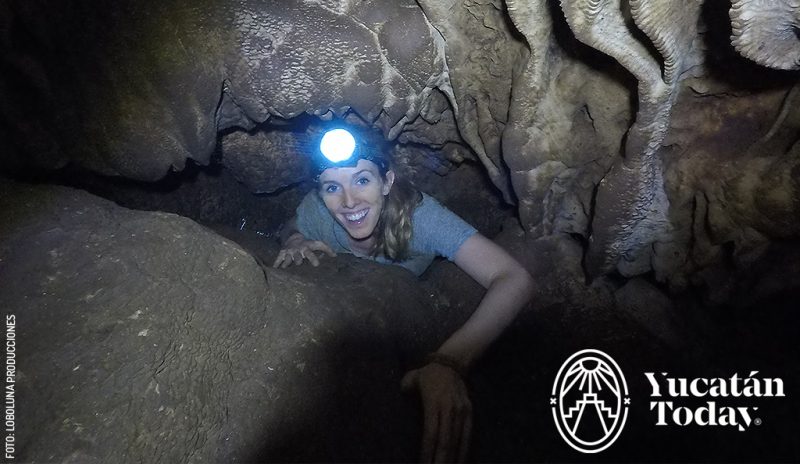
Also known as Aktun Xpukil, the Calcehtok caves (pronounced kalketok) are between 4 and 5 kilometers (2 - 3 mi) long, making them some of the most extensive caves in the Yucatán Península. The cave system has a very complex network of tunnels, making it especially necessary to have a qualified guide. It's important to note that these caves may be the most extreme in Yucatán, with very narrow and dark sections, not suitable for nervous individuals.
Throughout the cave, there is abundant pre-Hispanic material. Deer bones and other animal remains, ceramics, quartzite hammers, arrowheads, obsidian knives, stone sculptures, human burials, and haltunes (stone structures for holding water) have been found. There are several main caves where you can see natural formations that strikingly resemble objects, animals, and faces. Around Calcehtok, there is a complex of more than 30 caves that are believed to be interconnected.
Location: https://maps.app.goo.gl
Aktún Usil Caves
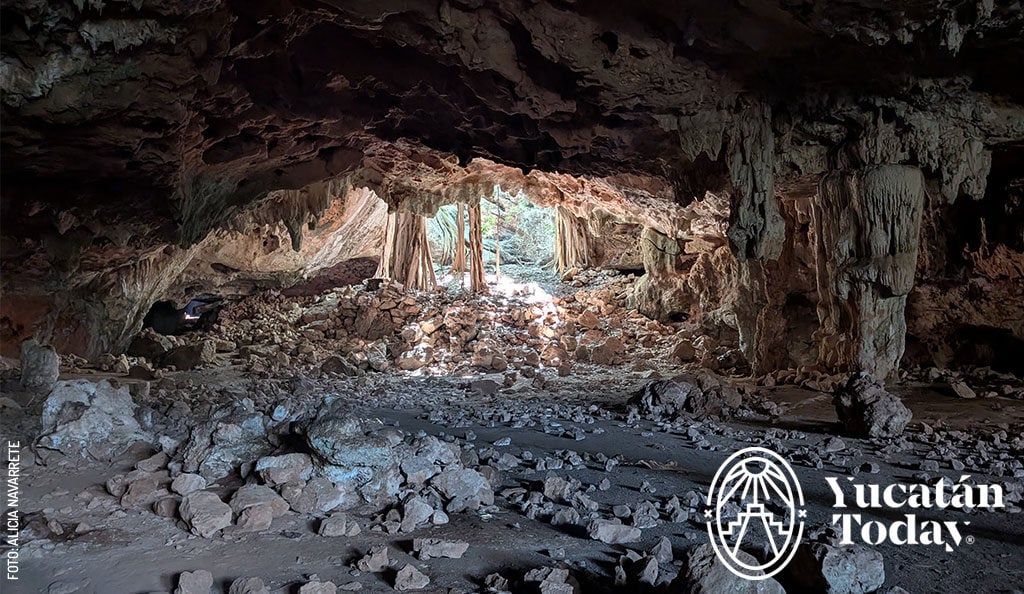 These caves, located very close to the Oxkintok archaeological site, are not only stunning for their natural formations but also for the numerous archaeological remains found within. In addition to stone carvings, you'll see surprising paintings on the ceiling of the cave, several meters high, which are definitely worth seeing in person.
These caves, located very close to the Oxkintok archaeological site, are not only stunning for their natural formations but also for the numerous archaeological remains found within. In addition to stone carvings, you'll see surprising paintings on the ceiling of the cave, several meters high, which are definitely worth seeing in person.
The cave is very spacious, and its guides (Víctor and Lourdes) have worked hard to make it as accessible as possible, placing ropes to help with climbing and descending. Due to the delicate nature of the contents, and because the caves have not been fully explored, visiting these caves is only possible with the accompaniment of guides Víctor Chim (WA 997 113 3910) or Lourdes Canché (WA 999 214 1342).
Ubicación: https://maps.app.goo.gl
Cenote and Cave San Ignacio
Just 20 minutes from Mérida, on the highway to the neighboring state of Campeche in the village of Chochola, is the cenote San Ignacio. This cenote is a safe place and ideal for swimming in its transparent, turquoise waters. Found inside a cavern, there is artificial lighting and even music! The domed type roof is about 24 feet tall, from which hang incredible stalactites. For your enjoyment and comfort, you will find palapas, bathrooms, showers, dressing rooms, a children’s play area, wading pools, stables, restaurant, and spa. Open 365 days a year.
Caves near Tecoh
Tzabnah Caves
Located in the town of Tecoh, 40 km (25 mi) southeast of Mérida, the name "Tzabnah" means "palace of the king" in Maya. Inside, you’ll find stalactites, stalagmites, columns, deep cliffs, and thirteen cenotes of various sizes. One of the most impressive features of the tour is a whimsical cavern formation known as "the cathedral dome" because of its striking resemblance to Mérida’s Cathedral.
The Tzabnah Caves are directly managed by the local community. To visit, contact Abdon Pool at WA 999 995 2185.
Ubicación: https://maps.app.goo.gl
More caves in Yucatán
Balankanché Caves (closed)
Located 6 kilometers from Chichén Itzá, these caves remain a significant reminder of the religious ceremonial spaces of the Maya. They believe the sacredness of life is especially concentrated at unique geographic points, such as caves and mountains. The humidity within the caves is a palpable force contributing to the continuing formation of stalagmites and stalactites. The most impressive of these is located 200 meters from the cave's entrance, at the side of the Balam Throne, a religious altar. The stalagmite there is said to resemble the ceiba tree, referred to as the "sacred tree inside the earth." In keeping with the religious context of these caves, ceremonial objects are seen throughout the walk, reproductions of the original artifacts discovered there. A succinct and pictorial history of that discovery is on display at the entrance. And a reminder for the adventursome visitor; good walking shoes are a must as the guides suggest.
Download the Yucatán Peninsula map:
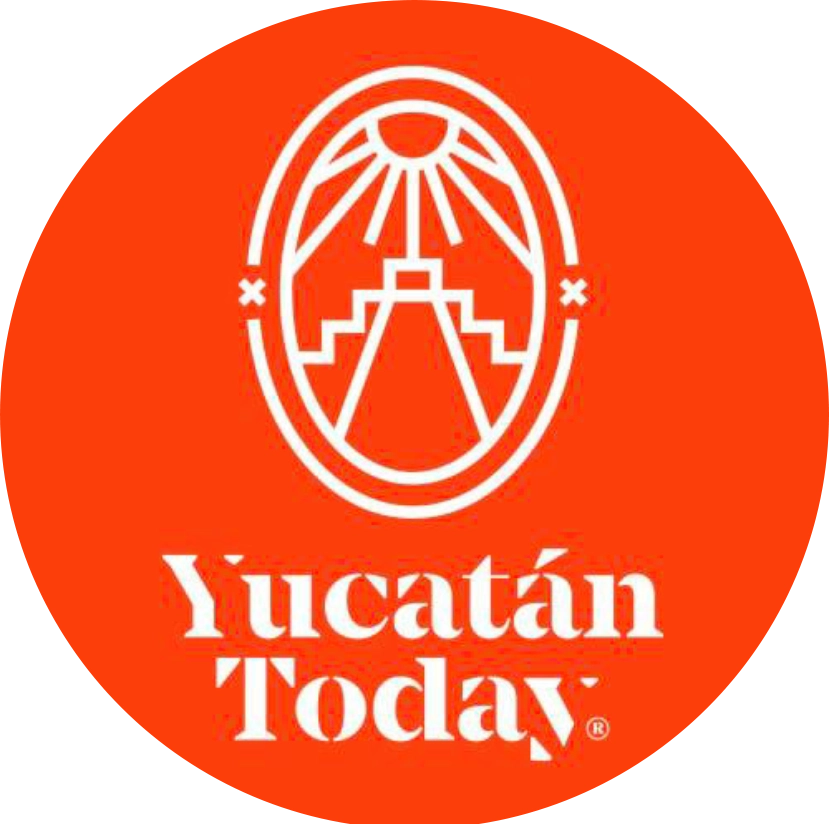
Author: Yucatán Today
Yucatán Today, the traveler's companion, has been covering Yucatán’s destinations, culture, gastronomy, and things to do for 37 years. Available in English and Spanish, it’s been featured in countless travel guides due to the quality of its content.
¡Receive the latest articles and much more from the best of Yucatán in your email!
Related articles
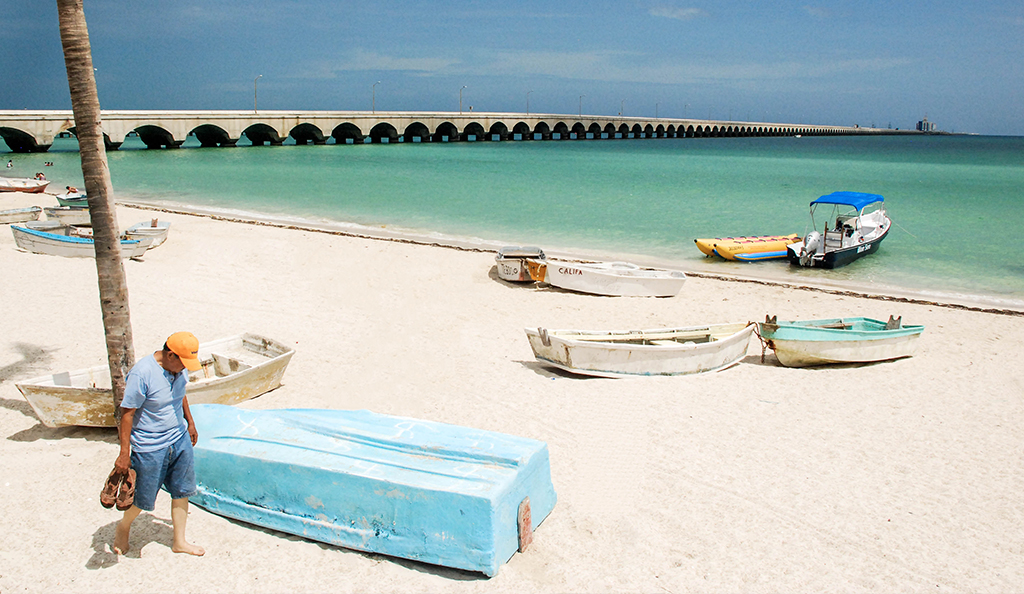
Receive the New Year Visiting Yucatán
Celebrate the New Year in Yucatan. Enjoy beaches, cenotes and extreme adventures in a destination that combines nature and Mayan culture.
Cenotes, Underwater Sinkholes in Yucatán
[gallery type="thumbnails" ids="68483,99637"] The natural wonders of the state of Yucatán are innumerable and some of the most important and unusual...



